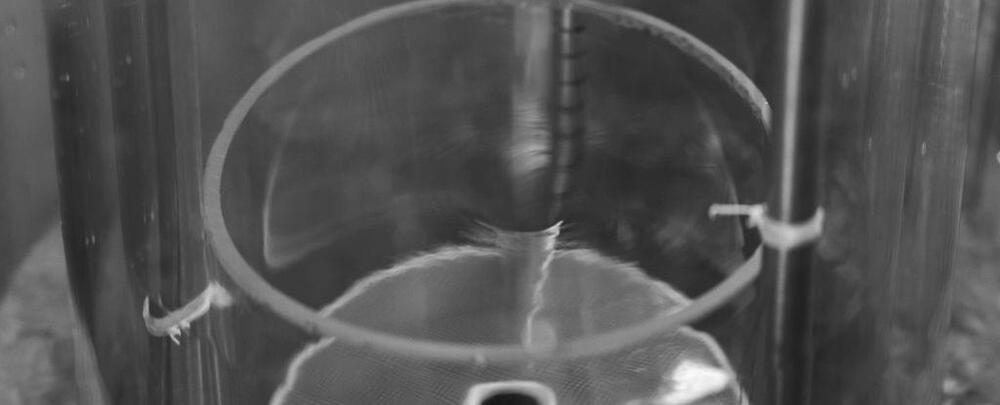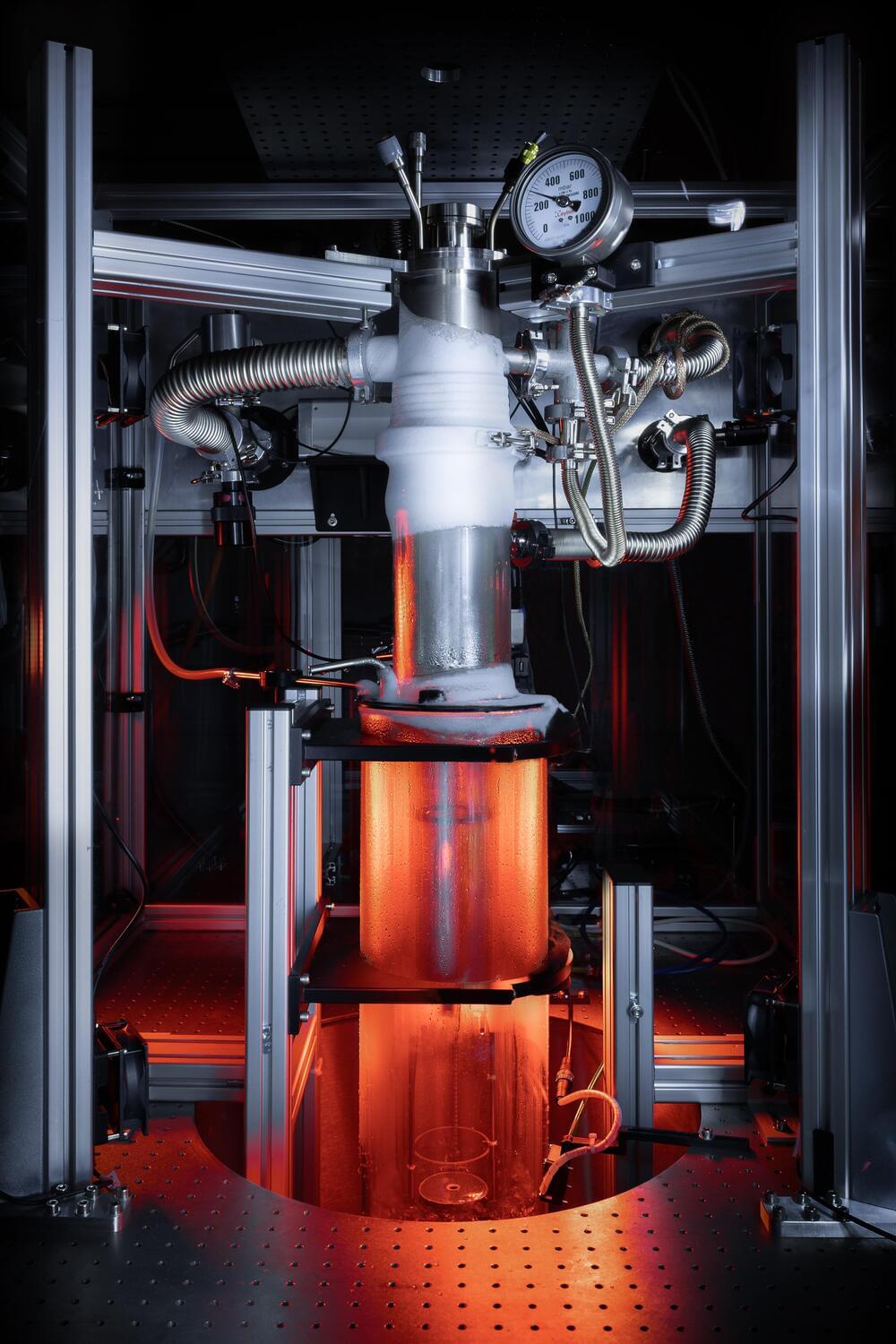A team of scientists has successfully mimicked black hole conditions by creating a quantum vortex in superfluid helium, shedding light on gravitational interactions and quantum field theories in curved spacetimes.
Scientists have for the first time created a giant quantum vortex to mimic a black hole in superfluid helium that has allowed them to see in greater detail how analog black holes behave and interact with their surroundings.
Research led by the University of Nottingham, in collaboration with King’s College London and Newcastle University, has created a novel experimental platform: a quantum tornado. They have created a giant swirling vortex within superfluid helium that is chilled to the lowest possible temperatures. Through the observation of minute wave dynamics on the superfluid’s surface, the research team has shown that these quantum tornados mimic gravitational conditions near rotating black holes. The research has been published today in Nature.








